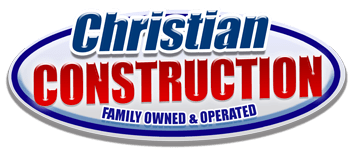Water may bring us life, but it is one of the most damaging substances for your property. That’s why it’s so important not only to prevent water buildup, but also identify when there are early signs of water damage before it becomes worse.
Most water damage is going to come from your piping and plumbing. But some water damage is caused by the weather. While rain and snow are what cause the damage, your home is supposed to have a barrier around it that prevents water from getting through. If you see water damage inside of your home, that means that there is something going on outside of your home that may require repairs.
Where Might the Water Be Coming In?
Typically, you can source the leak by looking at where the damage occurred. But it is not always as clear as it should be, especially if you have excessive mold. The areas where water may be getting in include:
- Roof Leaks – Damaged, loose, or missing shingles can allow water to enter during rainstorms. Check the attic for wet spots or stains directly after a rain to pinpoint new leaks.
- Gutters and Downspouts – Clogged or improperly installed gutters can cause water to overflow and seep into the foundation or walls of your home. Ensure that gutters are clean and that downspouts direct water away from the building.
- Foundation Cracks – Water can enter through cracks in the foundation, especially during heavy rains or when snow melts. Inspect the basement and foundation for any signs of moisture or cracks.
- Siding and Window Frames – Damaged or improperly sealed siding and window frames can allow water to enter the home, particularly during wind-driven rain.
- Pipes and Drainage – Broken or blocked drainage systems can cause water to pool and seep into the home. Check for proper drainage around your property.
Another issue may occur in your basement or crawl space. Sometimes, water can flow through there during heavy rains and then flood or pool. If it doesn’t have anywhere to go, it could cause water damage in your walls and flooring.
Addressing Leaks and Damaged Property
There is no such thing as a leak that stops itself. It can only get worse. If your siding, roof, or other area of your home are aging or damaged, it is important to get them repaired or replaced right away. In Staten Island, the contractor that homeowners trust most is Christian Construction. Call us today to learn more.

